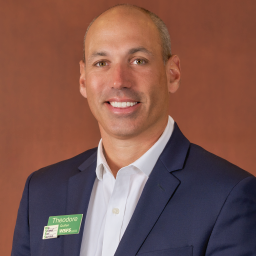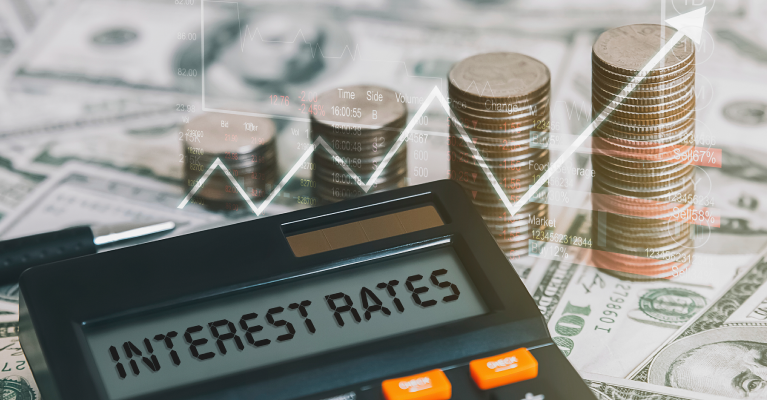Depending on who you ask, some say 50 is the new 40, others say 50 is the new 30. Whether you feel like a 30-year-old or 40-year-old, one thing you don’t have at age 50 is as much time on your side before retirement. At age 50 we’re entering the final one-third of our working years, and typically these are the most critical years when it comes to making sure we properly plan for retirement.
If you haven’t spent the first 2/3’s of your career diligently planning and saving for retirement, don’t panic, there’s still time to get a plan in place. Even if you’ve done a great job at saving it’s still an important time to make sure you have a solid roadmap to retirement.
Set a goal
If you were born after 1960 your full Social Security retirement age is 67. Maybe your goal is to retire sooner or work longer, and this might change over the next 10 to 15 years but having a goal to work toward is important. The retirement age goal may be dictated by the lifestyle you plan to live and the amount of income you’ll need in retirement.
Once you’ve set a retirement age goal it’s time to evaluate your current retirement savings. Not sure exactly how much you have saved? This is the time to round up your current 401(k), 403(b) and IRA statements. Don’t forget about any 401(k) accounts you may have had at a former employer or any pension plan income you may be entitled to. The rule for someone age 50 who intends to retire at age 67 is you should have six times your annual salary saved for retirement.
How much should I plan to save?
Now that you’ve identified an age when you’d like to retire, next comes creating a plan to reach that goal. If you intend to retire at age 67 you should have 10 times your annual salary saved at that time. It’s at this point that the assistance of a Certified Financial Planner™ Professional may be helpful in calculating how much you’ll need to save. A planner can use your current savings, income, projected growth and savings rates to calculate a future value of your assets. As part of this planning, you’ll want to include your future Social Security income and any other income sources you may have in retirement.
Haven’t saved enough?
If you’ve found that you haven’t saved enough so far, there’s still time to catch up. This would be the time to start saving as much as possible in retirement plans. In 2022, individuals who are 50 and over, can contribute up to $27,000 to your 401(k) or other qualified plan, which includes a catch-up amount of $6,500. If you’re already making the maximum contributions to these plans, you may be able to make contributions to a Roth IRA depending on your modified adjusted gross income.
Staying on Track
Once you’ve formulated a solid plan, remaining diligent and continuing to save is the next important step. As contribution limits increase in retirement plans, be sure to increase your contribution amounts. Review your plan at least annually to make any necessary adjustments to your savings, spending and investment strategies. If this sounds like an intimidating task, enlist the help of a Certified Financial Planner™ professional to provide objective guidance and the tools to keep you on track.

Helping you boost your financial intelligence.
Read our financial resources from your friends at WSFS.




